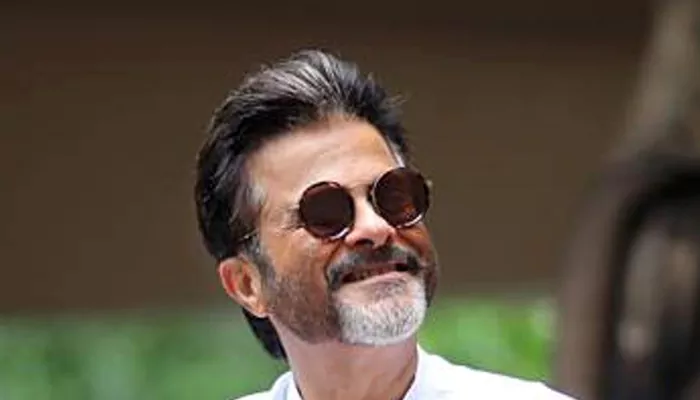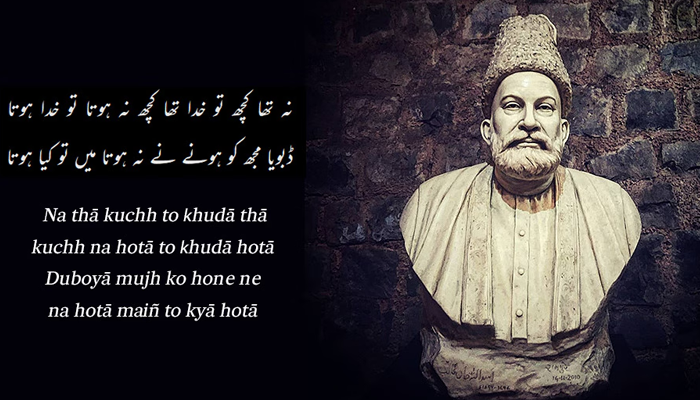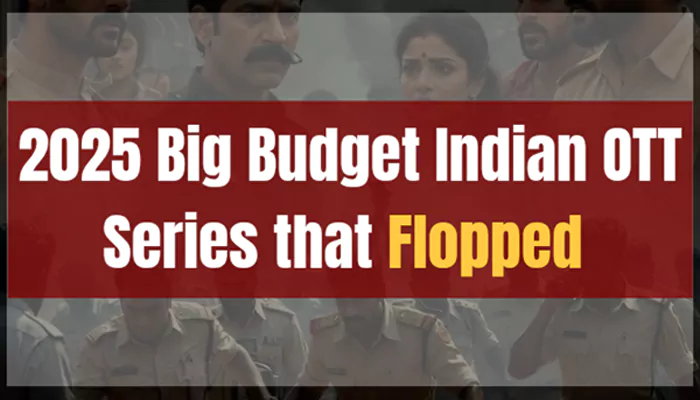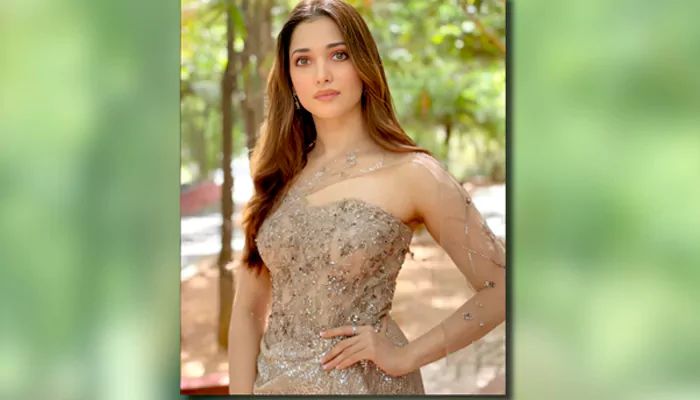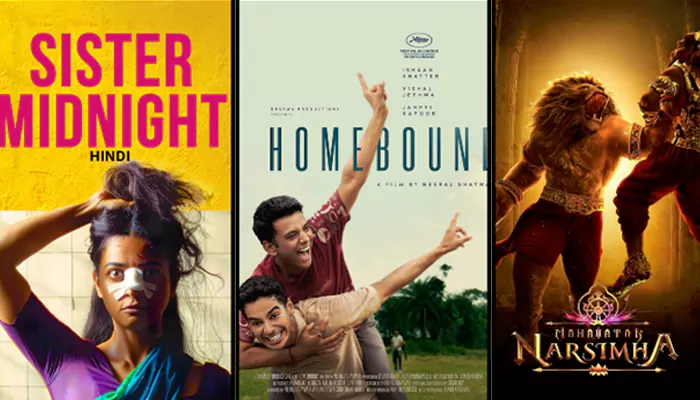
The eccentrics of Wes Anderson's films lie in several distinctive elements that collectively create his unique cinematic universe—one which could be rivalled by very few
The mood of Wes Anderson's films can vary from whimsical and nostalgic to melancholic and introspective, often blending elements of comedy and drama with a touch of surrealism. But above all, Anderson’s films are the epitome of cinematic genius and his creative medium sparkles in each film. In pop culture today, we have the phenomenal Accidentally Wes Anderson where people wilfully capture or recreate frames that are reminiscent of a Wes Anderson film.
A plunge into his cinematic style opens to us a whole new world of tableau-style compositions sometimes shown through the lens of one-point perspective shots. Wes Anderson's films have created a niche by virtue of their distinctive visual and narrative style. It might be a world of extreme perversity and absurdity but, nonetheless, a plausible one.
Here are some key elements that contribute to the unique style of the maestro whose contribution to world cinema and visual aesthetics is substantive:
Symmetrical Framing, A Sense of Balance
The world of Anderson might be fantastical, but the symmetry never strays from being geometrical perfection—be it The Grand Budapest Hotel, Isle of Dogs, or Moonrise Kingdom. Each set is designed so meticulously that Anderson’s penchant for symmetry is ever so immersive. Anderson frequently uses symmetrical compositions in his shots, creating a visually pleasing and balanced aesthetic.
This symmetry can be seen in everything from interior design to outdoor landscapes. This technique is sometimes used purely for aesthetics and somewhat as a way of storytelling—as we have seen in The Grand Budapest Hotel where Gustave H takes great pride in living and leading a life of austerity, discipline, and, yes symmetry!
Vibrant Palettes, A Way of Adding Dimensions
Anderson's films are known for their vibrant colour schemes, which often feature pastel hues and bold primary colours. These hues are used to evoke certain feelings and bring out the emotional undercurrents of a narrative: desolation, love, ecstasy, hurt. What is even Anderson-ian about the colours? Sometimes, they do not blend in. The colours could at once be jarring and tranquil; happy and desolate. Even long after watching an Anderson film, it is difficult to estrange a character from their associated colour scheme.
Whimsical Storytelling, A Plunge into the Psyche
Anderson's narratives often have an idiosyncratic quality to them, blurring the lines between reality and fantasy. Sometimes the meta element is wonderfully juxtaposed with magical realism or surrealism, creating a sense of wonder and enchantment. Anderson fans can hardly deny the visual cues which do the storytelling, and it is precisely this narrative tool that adds depth to the eccentricity of his art. Storytelling always is an interplay of visuals and screenwriting. In the Anderson universe, the impact of miniatures and stop-motion animation (Asteroid City, Isle of Dogs, and The French Dispatch to name the recent works) is also far-reaching.
A Meticulous Attention to Detail
The tapestry of storytelling with narrative threads running zig-zag is not without a degree of synchronisation and balance. Anderson has a flair for meticulous attention to detail, both in terms of production design and storytelling. Every prop, set piece, and costume in his films are carefully chosen to contribute to the overall visual and thematic coherence of the story. This obsession with details brings out the raw beauty of minimalism like we have seen in the library dance of the Moonrise Kingdom: playing out of the burgeoning love between the characters. Scenes would be breathing into life without this detailed execution.

